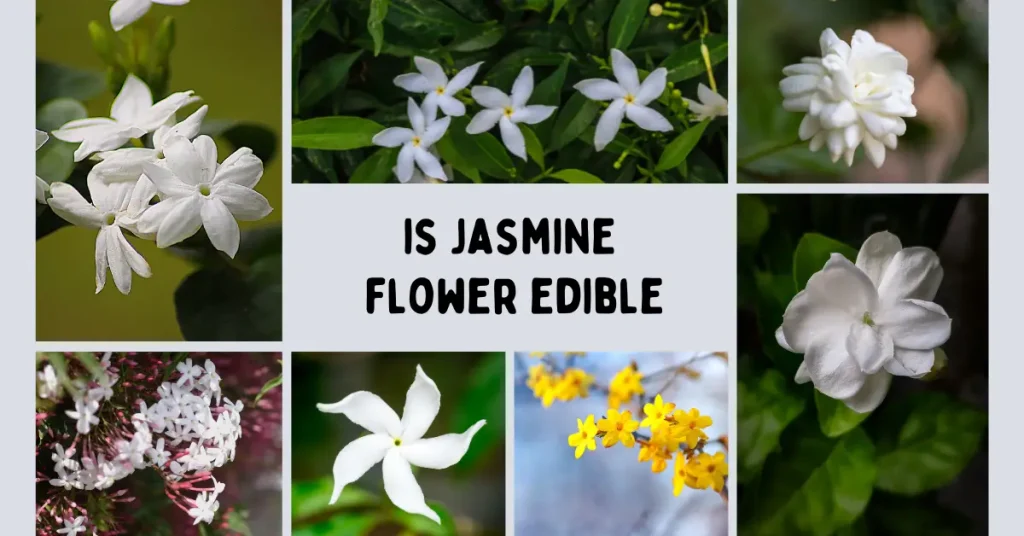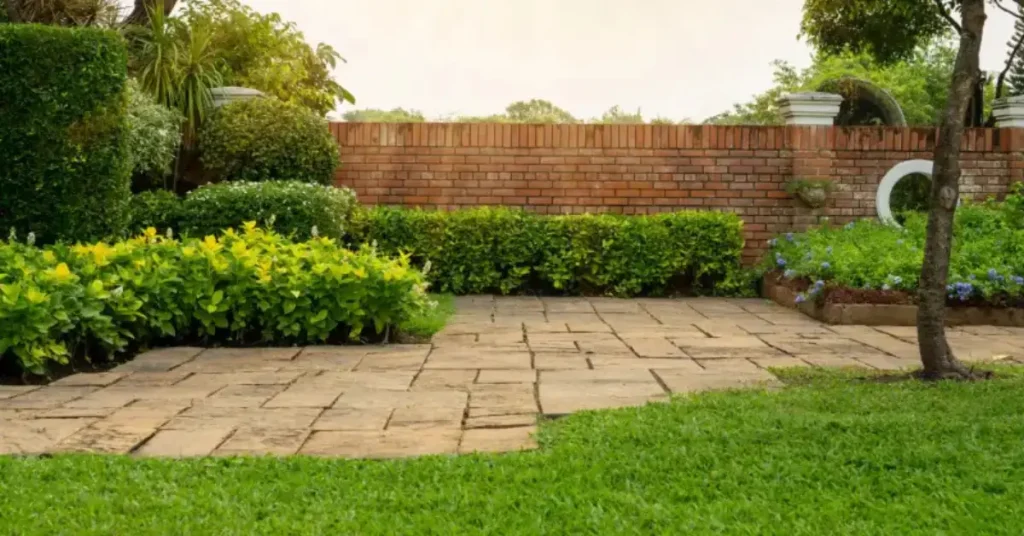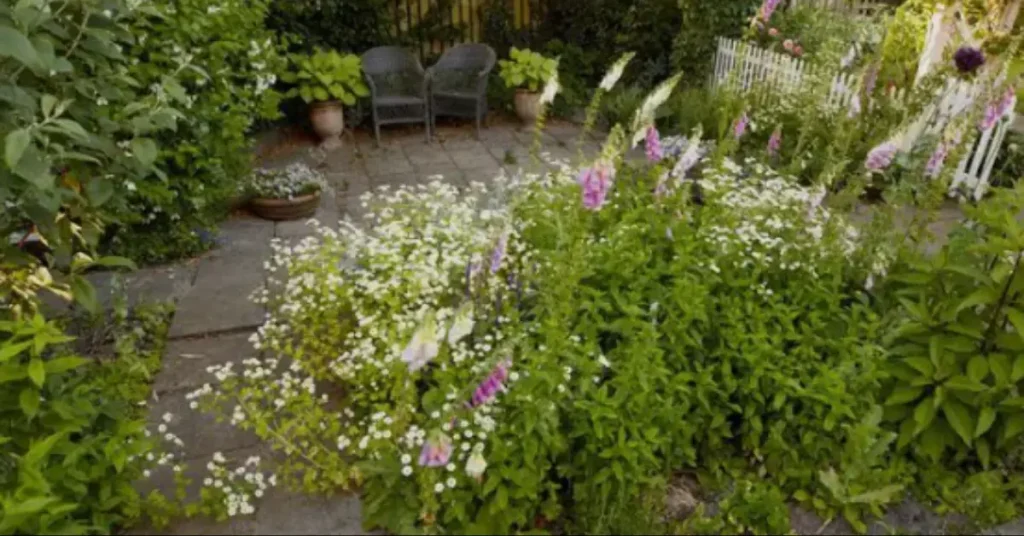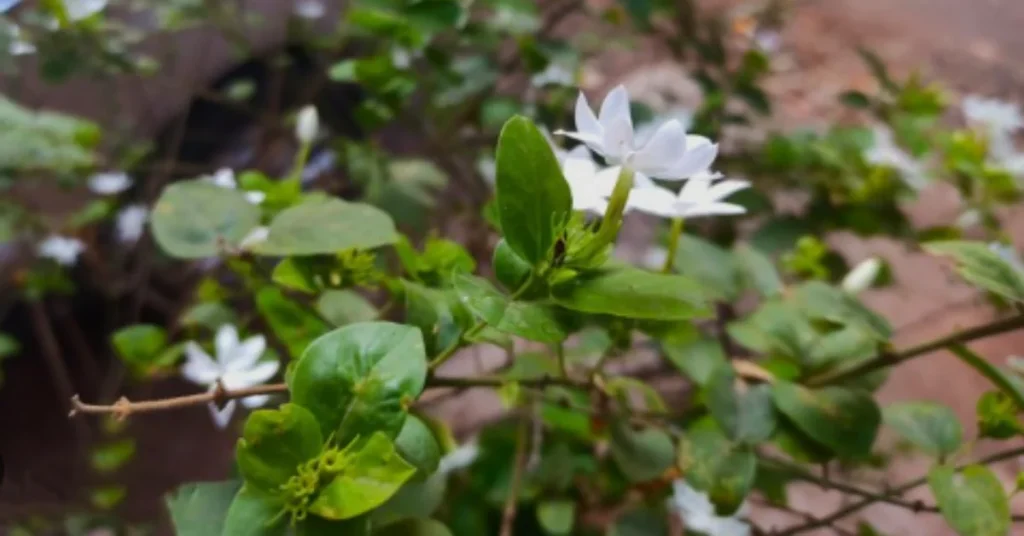Organic Mulch,Types and 7 Benefits
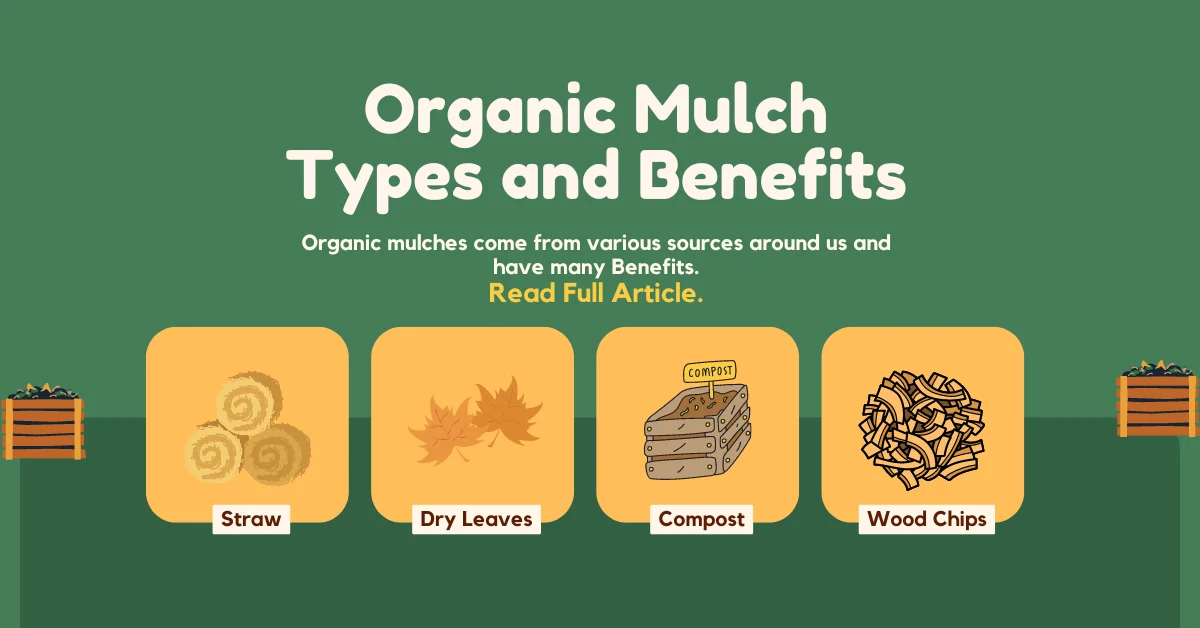
Mulch is a thick layer of material that is applied to the soil and plants to help them retain moisture and protect them from wind and direct sunshine. Mulches also act as slow-release plant food by containing nutrients. It helps improve soil structure by incorporating mulch into the soil, which makes it more moisture-retentive, free-draining, and fertile.
Organic and inorganic mulches are available for garden use. Organic mulches can be made from dead plant materials, such as compost, leaves, bark, and grass clippings. Gravel or stones are used as inorganic mulches. Mulches have different uses in the garden, but most have a positive effect on it regardless of where they are used.
Mulch prevents soil erosion, improves soil fertility and aerates the soil. Organic mulches protect plants from pests and diseases by keeping the soil temperature warmer in the winter and cooler in the summer. Mulch prevents weed growth by obstructing light penetration.
Different Types of Mulches
Compost
Compost is a mixture of decayed organic matter, like food scraps and yard waste, used to enrich soil and help plants grow. Compost works like any other mulch, improve soil texture, tilth, and nutrients. Additionally, it enhances the physical, chemical, biological and carbon richness of the soil, all of which help the soil retain more water.
Composting is the best option for smaller flowering or fruiting plants because it forms a light layer, decomposes slowly and releases nutrients.
Dry Leaves
When used as mulch, leaves contribute nutrients to the soil. Forests and areas with a large number of trees are popular areas for its use. Composting dry leaves makes them a better mulch because they are readily and abundantly available.
Leaves can be buried beneath the ground to decompose during the winter or used as mulch. The mulch is covered with small branches and wood bark to keep dry leaves from blowing away. 3-4 inches is the approximate thickness of dry leaves mulching.
Grass Clipping
There are a lot of advantages of using grass clippings. Grass clippings make a convenient mulch for those with lawns and they recycle garden waste. You can use grass clippings as an excellent organic nitrogen source for your garden if you apply them correctly. The decomposition of grass clippings is quite rapid.
Various grass clippings, including green, fresh, and dry grass, are available. Green grass clippings are typically not utilized during the wet season because their roots may inhibit crop growth. Dry grass is always preferred as mulch. Make sure you apply it at a depth of 2-3 inches.
Wood Chips or Bark
The most popular organic mulches are wood chips and bark. These materials come from tree branches, trunks, and other woody sources. Wood chips come in different sizes, whereas bark mulch is typically larger. You can use either mulch to suppress weeds, retain moisture, and create a natural, aesthetically pleasing appearance in your garden. Wood pieces are good choices for perennial gardens and shrubbery landscaping.
Straw and Hay
Seedless hay and straw work well as mulch, although neither looks attractive when used to mulch an ornamental plantings. I advise to use straw and seedless hay to enrich your garden, but make sure you layer them thickly. Thin layers tend to blow away easily. For vegetable or herb beds, straw makes a great mulch that works well to create dry footpaths.
How To Mulch Your Garden?
Soil Preparation
As a Gardener, I always practice and advise 5 easy steps.
Clear the Area: Remove any weeds, grass, or debris from the area where you plan to apply mulch. This helps prevent competition for nutrients and reduces the risk of pests.
Loosen the Soil: Use a garden fork or tiller to loosen the top layer of soil. This improves aeration.
Level the Soil: Rake the soil to create a smooth, even surface. This helps the mulch lay evenly.
Add Organic Matter: If your soil is poor or compacted, add organic matter like compost. Spread a layer of compost over the soil and work it in lightly with a rake or fork. This enriches the soil and improves its structure.
Water the Soil: Moisten the soil lightly before applying mulch. This helps the soil retain moisture and supports plant health.
Estimate The Amount of Mulch
A cubic meter of organic matter will mulch 15–20 square meters of ground. Two buckets or one standard bag of mulch (around 70L) will cover one square meter or yard on a smaller scale.
Choose Your Mulching Material
You can use your homemade compost, leafmould, or composted bark purchased from a garden center or online. Suppliers usually deliver loose loads or bulk bags, avoiding plastic packaging.
Apply The Mulch
After the soil is prepared, spread the mulch evenly over the garden bed. Avoid piling mulch too high around plants’ bases, since this can cause moisture buildup and rot. Allow proper air circulation around stems or trunks of plants by leaving a small gap.
Water The Mulch
Water the mulch thoroughly after it has been applied so that it settles into place. Additionally, this facilitates the decomposition of organic mulches.
Maintain The Mulch Layer
As organic mulch decomposes, it adds nutrients to the soil. It is necessary to replenish mulch periodically, particularly in areas where mulch decomposes rapidly.
Benefits of Organic Mulching
Moisture Retention: Moisture retention is one of the primary advantages of organic mulch. Mulch reduces evaporation and keeps the soil moist for longer by acting as a barrier. When plants are dehydrated due to hot, dry conditions, this is especially important.
Weed Suppression: Applying organic mulch shades the soil. They block sunlight and prevent weed seeds from germinating. Organic mulches suppress weed growth. Garden maintenance becomes easier and you don’t need manual weeding.
Add organic matter to your soil: The decomposition of organic mulch adds organic matter to your soil.
Prevent Topsoil Erosion: Mulch reduces the impact of rain and wind on soil surfaces, thereby prevent soil erosion. A significant problem of soil erosion occur on slopes or in areas that experience heavy rainfall. Mulches slow down the fall of water during rains, thus prevent topsoil from washing away.
Improves Soil Health: The gradual decomposition of organic mulch releases essential nutrients over time. They improve soil structure. The process reduces the need for synthetic fertilizers by creating a rich, fertile environment for plants to thrive.
Temperature Regulation: Organic mulch helps regulate soil temperature by acting as an insulator. It keeps your soil cooler in the summer. Depending on your climate, organic mulch might not be an ideal choice if you live in a chilly area because it will prevent your soil from warming up. A perfect option would be synthetic mulch.
Pest control: Several types of organic mulch, such as cedar and pine, can deter pests due to their natural oils and scents.
Mulch also creates a barrier to prevent pests like slugs and snails from reaching your crops.
Tips for Organic Mulching
- Different plants require different mulches, so choose one that complements your garden. The use of pine needles or compost benefit plants that prefer acidic soil, such as blueberries, while straw or compost benefit vegetable gardens.
- Mulch is beneficial, but too much can have the opposite effect. If you overmulch, you can end up with moisture buildup, root rot, and fungal growth on your plants. Keep mulch layers 2-4 inches thick.
To Sum Up
Adding organic mulch to your garden can transform it into a thriving, sustainable ecosystem. You can improve soil health, conserve water, suppress weeds, and create a beautiful garden when you understand the types of organic mulches available and how to apply them.
Organic mulching offers a range of benefits that make it a must-do for any gardener, regardless of their skill level. I do expect that these tips and tricks will help you create a healthier, more productive garden that will reward you with lush, vibrant plants and abundant harvests for years to come.
Happy Gardening!

I am Yasir Riaz, an Agronomist for more than a decade. Helping local farmers and Gardeners to improve their crops and Gardens and overall productivity. In addition to my work in agriculture, I have also delved into the digital world as an SEO writer and blogger. Through my blog, I aim to educate and inspire others about the Chameli Flower (Jasmine).

